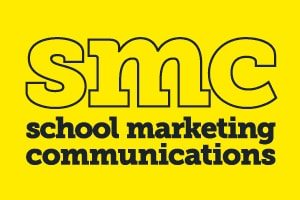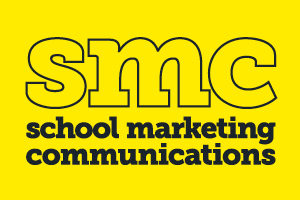Gone are the days when all that matters in school marketing is the creation and execution of strategic marketing initiatives. With the influx of effective marketing technology tools in the market, it can be difficult to know which ones to focus on. To be able to effectively use these tools and keep up with the competition, proper school marketing management must be learned. Through proper handling of your school marketing tools, you may be able to enjoy their benefits in full and generate more prospective parents.
Here are 7 ways to effectively manage your school marketing:
1. Create effective project goals
Before you roll your eyes and tell me you’ve heard it all before, just stop and listen. You may indeed have heard it before, but is your goal setting actually helping as best it could? The answer to that question is most likely no. Or even worse, perhaps you haven’t set any specific goals because you don’t think you need to? Goal setting is as important as ever. An effective set of goals gives direction, structure, clarity, motivation and so much more. The SMART (specific, measurable, attainable, realistic and timely) goal setting theory is a great place to start.
2. Plan a comprehensive schedule
Having a clear, comprehensive schedule is paramount to being an organised, successful project manager. A good schedule will keep you and your team on track and help you measure progress throughout your project. There are plenty of great scheduling and project management apps out there like Mavenlink and Casual that can help you with this.
3. Take stock of your resources
Before you begin a project you need to know what you will need and what you already have. These resources could be financial, intellectual, physical or human resources to name a few. The teachers at your school and the students themselves can often be great resources as they are good sources of information.
4. Set efficient workflows
Having clear workflows for your project is important for the smooth implementation and efficiency of your project. Everyone in the team needs to know what the processes are for the project so that there is no confusion when the project is being carried out. Including workflows as part of the brief will be a handy way of having the relevant workflows written down and accessible to the team.
5. Use file naming conventions
This is a simple yet very helpful practice. Set clear file naming conventions so that your relevant documents are organised and easily found by any member of your team. Things you might include in your naming conventions are the client, project title, dates, what version the document is, whether the document has been proofed, who has proofed it (I like to use my initials to show I’ve proofed the document) and project number.
6. Review your progress often
Stopping to review your progress is important for keeping on schedule, on budget and on track. Setting dates to review your progress throughout the project will help, and reviewing the project as a team will also be very beneficial. If you meet to talk through how everyone is progressing then you can share successes, problems and reassess timelines or budgets.
7. Take care of your team
Taking care of your team is one of the most important things you can do as a project manager. A team that trusts and respects their leader will work harder and be more harmonious, and those are two important things for a successful team and project.
Effective school marketing management has to start somewhere, and you must be able to organise a system so that you can follow these seven tips properly.







